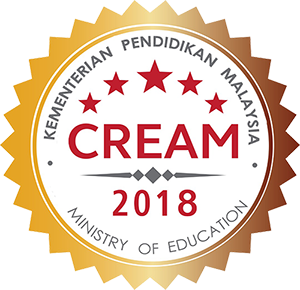PHYSICAL AND MECHANICAL PROPERTIES OF THIRTEEN SENILE FRUIT-BEARING TREES IN THE PHILIPPINES AND THEIR POTENTIAL USES
Keywords:
Fruit trees, fruit-bearing trees, mechanical properties, physical properties, senile, utilisationAbstract
The possible utilisation of the thirteen senile fruit-bearing trees were determined based on their physical and mechanical properties. The trees consisted of manggang kalabaw (Mangifera indica L.), manggang pahutan (Mangifera altissima Blanco), guyabano (Annona muricata L.), atis (Annona squamosa L.), avocado (Persea americana Mill.), lansones (Lansium domesticum Correa), santol (Sandoricum koetjape (Burm.f.) Merr.), nangka (Artocarpus heterophyllus Lam.), marang (Artocarpus odoratissimus Blanco), duhat (Syzygium cumini (L.)), bignai (Antidesma bunius (L.) Skeels), pomelo (Citrus maxima (Burm.)), and chico (Manikara zapota (L.) R. Royen). The tests were done using the ASTM D143-2014 standard and the tree samples were obtained from Laguna and Butuan City. Results showed that lansones (79.54%), duhat (60.77%), and chico (58.74%) had the lowest green moisture content (MC) and the highest relative density (RD) (0.66, 0.73, and 0.79, respectively). On the other hand, duhat and lansones had the highest tangential shrinkage (TS) (10.12% and 10.17%, respectively). Lansones also recorded the highest radial (RS) (7.80%) and volumetric (VS) (17.15%) shrinkage. For longitudinal shrinkage (LS), manggang pahutan (1.26%), and bignai (1.31%) displayed the highest value. For the strength properties, lansones recorded MOR (76.10 MPa), SPL (40.25 MPa), MOE (8.01 GPa), compression parallel-to-grain (32.05 MPa), and shear strength (7.06 MPa). Chico achieved higher compression perpendicular-to-grain (8.36 MPa), hardness: side (7.27 kN), and hardness: end (7.49 kN) than the other species. Based on the properties obtained, the 13 senile fruit-bearing trees are feasible alternatives that the local wood sector may consider to increase the supply of commercial lumber.




